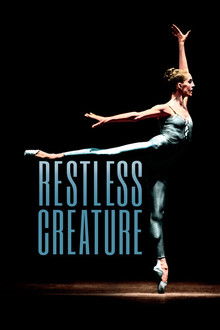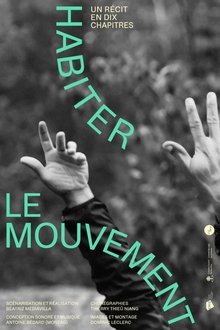Dance Revolutionaries is a captivating exploration of raw emotion through dance set in stunning locations, showcasing Portraits – five solo dances, and an innovative production of the rarely-seen ballet, Sea of Troubles.
Related Movies

N/um Tchai: The Ceremonial Dance of the !Kung Bushmen (1969)
Tchai is the word used by Ju/'hoansi to describe getting together to dance and sing; n/um can be translated as medicine, or supernatural potency. In the 1950's, when this film was shot, Ju/'hoansi gathered for "medicine dances" often, usually at night, and sometimes such dances lasted until dawn.
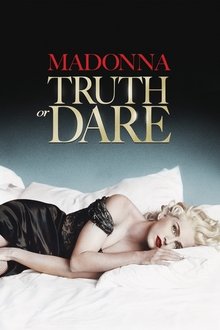
Madonna: Truth or Dare (1991)
From the rains of Japan, through threats of arrest for 'public indecency' in Canada, and a birthday tribute to her father in Detroit, this documentary follows Madonna on her 1990 'Blond Ambition' concert tour. Filmed in black and white, with the concert pieces in glittering MTV color, it is an intimate look at the work of the icon, from a prayer circle before each performance to bed games with the dance troupe afterwards.

If the Dancer Dances (2019)
Filmmaker Maia Wechsler follows choreographer Stephen Petronio as he prepares dancers to restage the 1968 production of "RainForest."
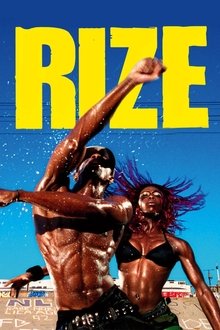
Rize (2005)
A documentary film that highlights two street derived dance styles, Clowning and Krumping, that came out of the low income neighborhoods of L.A.. Director David LaChapelle interviews each dance crew about how their unique dances evolved. A new and positive activity away from the drugs, guns, and gangs that ruled their neighborhood. A raw film about a growing sub-culture movements in America.

Flamenco at 5:15 (1983)
In this Oscar Winning documentary short film, students in their final year at the National Ballet School of Canada are seen learning the flamenco from Susana and Antonio Robledo, who come to the school every winter to conduct classes which are held after the day's regular schedule has ended.

BACKSTAGE: TXT x EN- (2022)
A look behind the scenes with ‘TOMORROW x TOGETHER’ & ‘ENHYPEN’, two HYBE artists, as they prepare for their first joint performance.

Tireless (2019)
Facundo Arteaga is a malambo dancer, who has already passed the barrier of thirties. His life is divided between work in the countryside and the care of his children. In spite of physical strain and lack of time, Facundo will try to compete again to try to get the title of national champion of malambo. According to tradition, whoever wins the championship can never compete again.
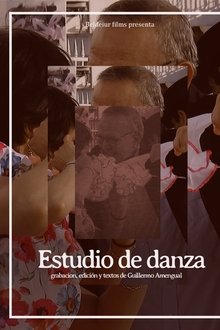
Estudio de danza (2024)
The "cueca" is Chile's national dance. Marveled by this form of dancing, the narrator reflects on the meaning of dance in our lives and how it has been portrayed in the history of cinema.

Dancing Across Borders (2010)
On a trip to Angkor Wat in Siem Reap, Cambodia in January 2000, filmmaker Anne Bass came across a sixteen-year-old boy who moved her immensely with his amazing natural charm and grace as a dancer. A longtime devotee of the world of dance, Bass felt compelled to give this young boy the opportunity to leave his home and follow a dream that he could not yet have fully imagined. From the serene countryside of Southeast Asia to the halls of New York’s School of American Ballet to the stage of the Pacific Northwest Ballet in Seattle, DANCING ACROSS BORDERS peeks behind the scenes into the world of dance and chronicles the intimate and triumphant story of a boy who was discovered, and who only much later discovered all that he had in himself.
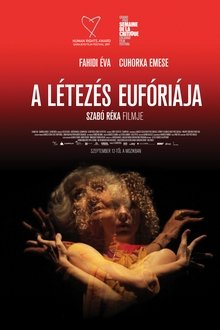
The Euphoria of Being (2019)
Alone, Eva Fahidi returned home to Hungary after WWII. At 20 years of age, she had survived Auschwitz Birkenau, while 49 members of her family were murdered, including her mother, father, and little sister. Today, at age 90, Eva is asked to participate in a dance theatre performance about her life's journey. This would be her first experience performing on a stage. Reka, the director, imagines a duet between Eva and a young, internationally acclaimed dancer, Emese. Reka wants to see these two women, young and old, interact on stage, to see how their bodies, and stories, can intertwine. Eva agrees immediately. Three women - three months - a story of crossing boundaries. Whilst the extraordinary moments of Eva's life are distilled into theater scenes, a truly wonderful and powerful relationship forms among the three women.
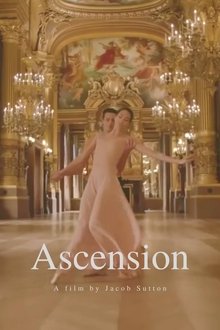
Ascension (2015)
In Jacob Sutton’s film “Ascension”, two young dancers soar up from the darkness beneath the stage at Bastille to the sumptuous Grand Foyer and eventually to the rooftop of the Palais Garnier, where they experience moments of heavenly, dreamlike luminosity.
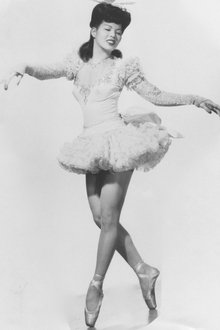
Dancing Through Life: The Dorothy Toy Story (2017)
Swinging and twirling Dorothy Toy Fong the legendary tap dancer is still exciting at 99 years old. Award-winning reporter Rick Quan traces Fong’s journey as a famous duo with Paul Wing and exciting run with her Oriental Showgirl group. Fong’s wondrous spirit dances off the screen and into your heart.
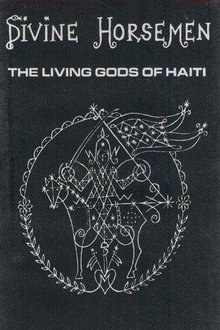
Divine Horsemen: The Living Gods of Haiti (1993)
This intimate ethnographic study of Voudoun dances and rituals was shot by Maya Deren during her years in Haiti (1947-1951); she never edited the footage, so this “finished” version was made by Teiji Ito and Cherel Ito after Deren’s death.

Japanese Dancers (1894)
Three sisters dance the Mikado in this very early film from the Edison company.

Burlesque Undressed (2010)
In this revealing documentary, burlesque star Immodesty Blaize examines the world of British burlesque and the resurgence in its popularity.

Dancing the Nutcracker: Inside the Royal Ballet (2016)
This Christmas, step into the magical world of The Nutcracker. For the first time in many years, the Royal Ballet has given full access behind the scenes for a landmark 90-minute documentary as they prepare for this season's yuletide production.
